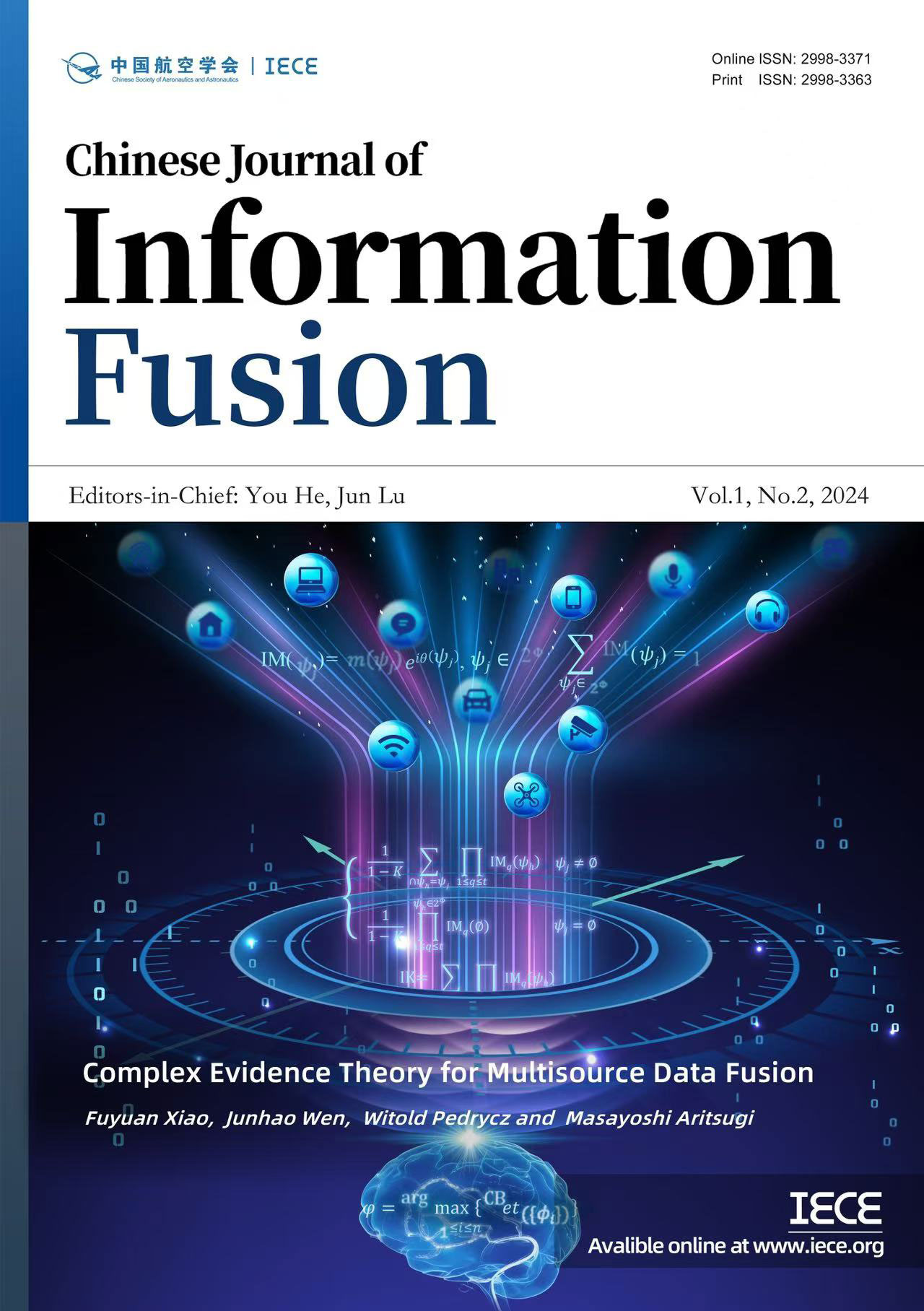Abstract
Data fusion is a prevalent technique for assembling imperfect raw data coming from multiple sources to capture reliable and accurate information. Dempster–Shafer evidence theory is one of useful methodologies in the fusion of uncertain multisource information. The existing literature lacks a thorough and comprehensive review of the recent advances of Dempster– Shafer evidence theory for data fusion. Therefore, the state of the art has to be surveyed to gain insight into how Dempster–Shafer evidence theory is beneficial for data fusion and how it evolved over time. In this paper, we first provide a comprehensive review of data fusion methods based on Dempster–Shafer evidence theory and its extensions, collectively referred to as classical evidence theory, from three aspects of uncertainty modeling, fusion, and decision making. Next, we study and explore complex evidence theory for data fusion in both closed world and open world contexts that benefits from the frame of complex plane modelling. We then present classical and complex evidence theory framework-based multisource data fusion algorithms, which are applied to pattern classification to compare and demonstrate their applicabilities. The research results indicate that the complex evidence theory framework can enhance the capabilities of uncertainty modeling and reasoning by generating constructive interference through the fusion of appropriate complex basic belief assignment functions modeled by complex numbers. Through analysis and comparison, we finally propose several challenges and identify open future research directions in evidence theorybased data fusion.
Keywords
multisource data fusion
Dempster-Shafer evidence theory
complex evidence theory
quantum evidence theory
uncertainty modeling
conflict management
belief function
decision making
pattern classification
Funding
This work was supported by the National Natural Science Foundation of China under Grant 62473067; Chongqing Talents: Exceptional Young Talents Project under Grant cstc2022ycjh-bgzxm0070; and Chongqing Overseas Scholars Innovation Program under Grant cx2022024.
Cite This Article
APA Style
Xiao, F., Wen, J., Pedrycz, W., & Aritsugi, M. (2024). Complex Evidence Theory for Multisource Data Fusion. Chinese Journal of Information Fusion, 1(2), 134–159. https://doi.org/10.62762/CJIF.2024.999646
Publisher's Note
IECE stays neutral with regard to jurisdictional claims in published maps and institutional affiliations.
Rights and permissions
Institute of Emerging and Computer Engineers (IECE) or its licensor (e.g. a society or other partner) holds exclusive rights to this article under a publishing agreement with the author(s) or other rightsholder(s); author self-archiving of the accepted manuscript version of this article is solely governed by the terms of such publishing agreement and applicable law.


 Submit Manuscript
Edit a Special Issue
Submit Manuscript
Edit a Special Issue

